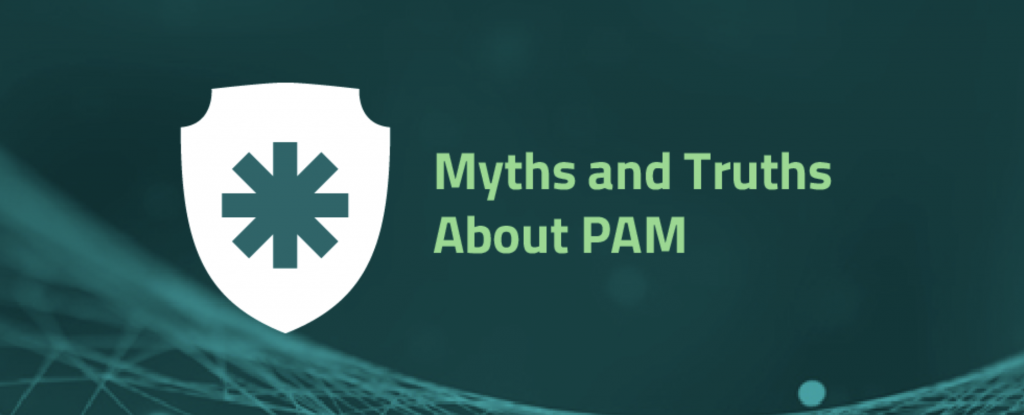
Implementing privileged access management to systems in a company is critical to ensuring that there are no information theft and other security issues.
The so-called cyberattacks are responsible, for example, for the theft and hijacking of information in exchange for money, causing several damages to the continuity of an organization’s business. They have become very common and their actions can cause not only financial losses but also image and reputation losses.
Unfortunately, the trend is that over the years, these cyberattacks will become more and more severe and that their number of occurrences will grow.
With this scenario, the importance of privileged access management also grows. Cyberattacks happen through classic malware and phishing methods or the exploitation of zero-day software vulnerabilities, in addition to advanced social engineering techniques.
With all that, privileged access management comes to help ensure that organizations function. Thus, it covers the need to protect data, networks, and devices from malicious actions.
Privileged access management allows one to control all access performed through an organization’s privileged credentials in a system, preventing insider attacks and breaches.
Its deployment allows IT departments to be able to reduce access privileges, following tools and groups. In this way, users will have the right to access only those applications and locations on the network they need to perform their duties. This concept is called the principle of least privilege.
Also, IT can have visibility of how user interactions are being done, access times, how many interactions with the system were performed, which servers were used, and what activities were performed by each user.
With privileged access management, a user – be they from the company or a third party – who has a high privilege will have administrative access to the system using a privileged account.
It is through this credential that one can make changes to various settings, in addition to changing security protections or other user accounts.
In this way, all accesses performed in a company’s network environment must be managed. Furthermore, an unauthorized user should never have access to privileged systems and data.
Are you enjoying this post on privileged access management? So, visit our website and learn more about our products and services.
senhasegura strives to ensure the sovereignty of companies’ actions and privileged information. To do so, we work against data theft and through traceability of administrator actions on networks, servers, databases, and a multitude of devices through a PAM solution.
How is privileged access done?
Privileged access to devices can be accomplished in two ways:
In this second case, PAM controls administrative access to a company’s critical systems to help it achieve its cybersecurity goals.
Controlling privileged actions allows one to protect a company’s IT systems against any attempt to carry out malicious actions, such as improper changes in the environment and theft of information. These blocked actions can take place both inside and outside the company.
In this context, using privileged access management technology is essential to optimize the deployment of a cybersecurity infrastructure in companies.
Moreover, the need for effective use of privileged access management techniques has never been greater, as traditional defense mechanisms such as antivirus, VPNs, and firewalls are subject to many failures today.
Now let’s take a look at some myths and truths about privileged access management:
Myth. This type of attack on the security of corporate networks is becoming more and more sophisticated. Therefore, there is no way for PAM to completely prevent all cyberattacks. However, this tool guarantees a lot of security for networks, preventing or mitigating the vast majority of attacks. In addition, it also needs to be constantly optimized to keep up with the boldness of cyberterrorists. As such, it is quite secure to avoid these problems.
True. Threats are becoming more sophisticated and intelligent, making use of attack techniques and tools to infiltrate company networks less visibly. Thus, cyberterrorists are investing in finding and taking advantage of privileged credentials to open their way to attack. That is why it is necessary to have a robust and reliable PAM tool to increasingly stop these attacks.
Myth. Unfortunately, many companies remain blind to the importance of stopping attacks on their systems and end up not investing in tools for managing privileged access. Many of them believe there is no risk of intrusion when privileged access exists. But this is a wrong belief that could lead the company to bear huge losses later.
Myth. PAM has nothing to do with it. The use of shared accounts in itself poses a major cybersecurity risk. Also, many companies have had problems modifying the behavior of privileged users and administrators concerning this issue, posing a great risk to the company.
True. Although it seems that PAM only creates privileged access and accounts, in the most modern corporate tools of this system, it is also possible to create other types. In fact, PAM needs to facilitate any form of controlled connectivity to the system, through session and password management, and other security services, as well as monitoring and logging of activities.
